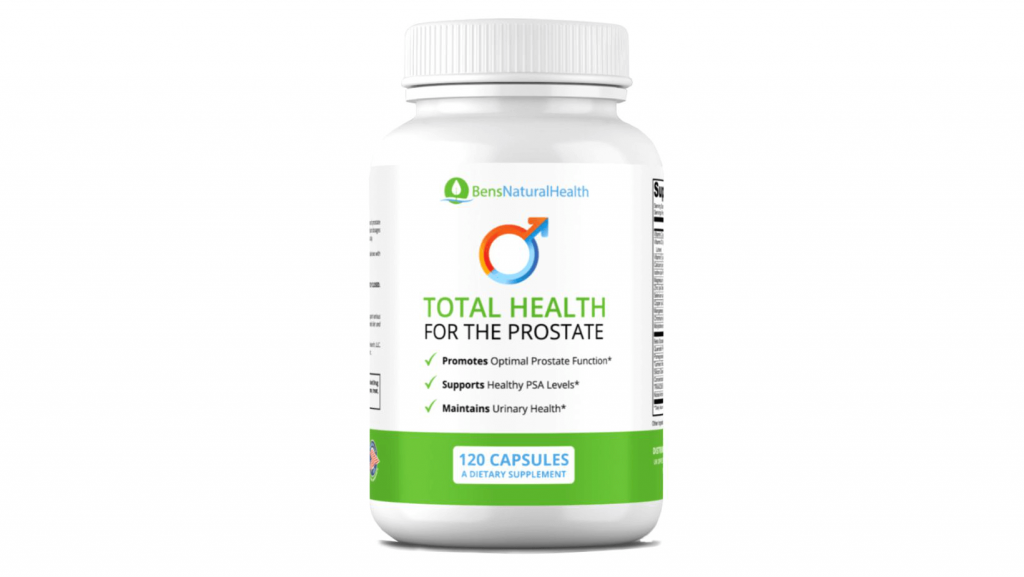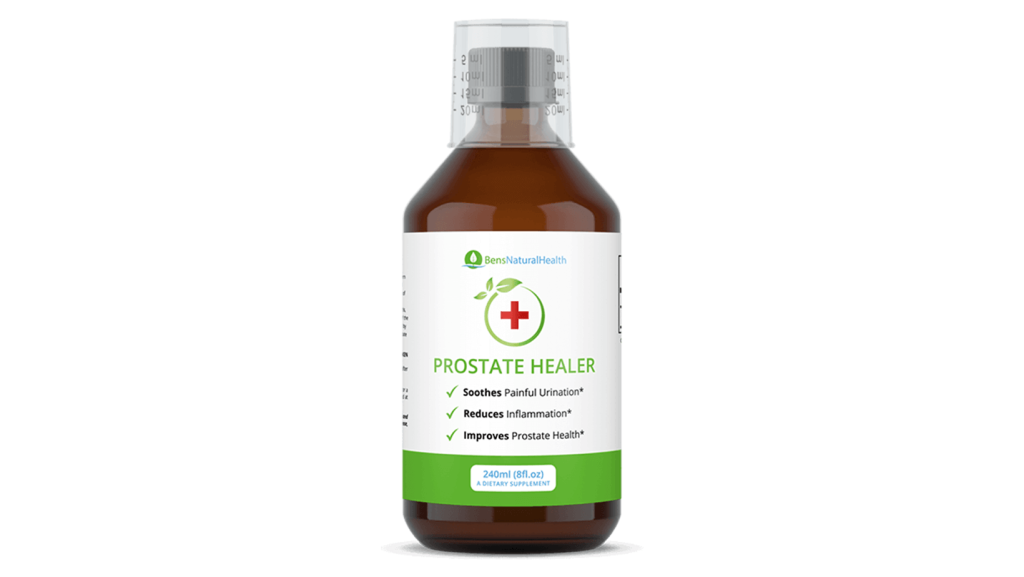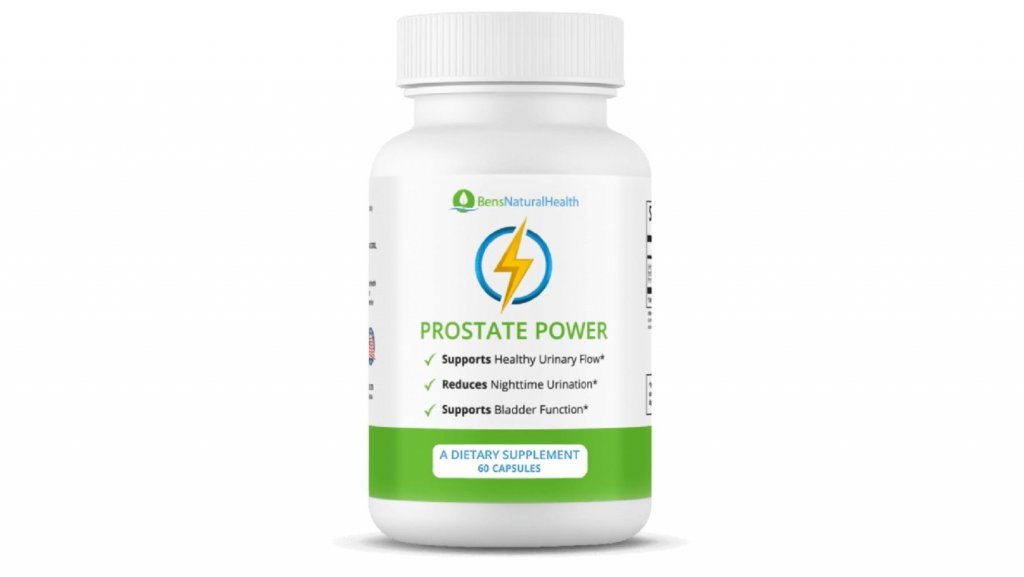Benign Prostatic Hyperplasia (BPH) and prostate cancer treatment have different modalities.
Depending on the disease and its severity, you have different treatment options such as oral medications, minimally invasive surgery, radical prostatectomy, chemotherapy, radiotherapy, hormone therapy.
Laser therapy can be a last resource treatment option for patients with prostate enlargement.
However, this surgery can lead to erectile dysfunction and narrowing of the urethra.
What is prostate laser surgery?
As the name implies, prostate laser surgery uses a scope that delivers a laser directly to the prostate. It is a procedure for patients with prostate enlargement. In most cases, it is used to relieve the urinary symptoms of an enlarged prostate. It is typically the last resource when oral medication and conservative treatment do not work.
During the procedure, your doctor will insert a scope through the urethra. It reaches the prostate just below the urinary bladder. Then, it delivers laser energy directly to the prostate, removing excess tissue and shrinking the gland. The laser works through heat generation, directing heat into a specific spot in the prostate gland. There is not only one type of prostate laser surgery.
There are a variety of other methods, including:
- Thulium Laser Vaporesection and Enucleation of the Prostate (ThuLEP)
- GreenLight Laser Vaporization (GLV), also known as photoselective vaporization, or greenlight laser prostatectomy.
- Diode Laser Vaporization and Enucleation (DiVAP)
When it would be performed
Your urologist will initially try to control your lower urinary tract symptoms with oral medications. In most cases, prostate enlargement symptoms will improve.
However, you might have a very large prostate gland that does not respond to conventional treatments. If that is the case, your doctor might consider laser treatment as an option.
It all depends on your health, the size of your prostate in imaging tests, and whether the equipment is available and the doctor is trained in this technique (2).
Get Your FREE PSA Lowering Diet Plan!
- Naturally lower PSA levels
- Reduce nighttime trips to the bathroom
- Enjoy better bladder control and urine flow
Who is a good candidate?
You can be a good candidate for prostate laser surgery if one or more statements below ring true to you (2):
- You’re worried about the adverse effects of transurethral resection of the prostate.
- You are on blood thinners or have a higher chance of bleeding during open surgery.
- You’re an elderly patient or have a disability.
- You have chronic medical conditions such as heart disease, cirrhosis, uncontrolled diabetes, kidney disease, etc.
You may be a good candidate if you have symptomatic BPH and one of the statements above is true.
Symptoms of BPH include:
- Difficulty to empty the bladder
Still, it is essential to talk to your urologist about it. We often get a wrong impression about our disease, magnifying or minimizing certain aspects.
Depending on the prostate size and specific health problems, you might need one type of prostate laser surgery (2):
Patients with a small or medium-sized prostate
If the volume of the prostate gland is lower than 80 mL, HoLEP and GLV are the best techniques.
Patients with a large prostate
If the prostate volume is higher than 80 mL, the best method to treat your condition is HoLEP.
Patients with an increased risk of bleeding
If you have a bleeding problem or need to keep on using blood thinners, GLV is probably the best option. DiVAP can also be helpful, depending on each case.
Patients with superficial prostate lesions
If BPH in your prostate is superficial and does not extend beyond 0.4 mm, your doctor can use HoLEP and ThuLEP.
They do not reach a very deep lesion but work by remodeling the prostate from the outside.
Patients with deep prostate lesions
If you need to reach lesions up to 0.8 mm deep, GLV will be beneficial. If the lesion is deeper still, you can use DiVAP, which reaches up to 5mm deep.
How to prepare
Your doctor will guide you through the procedure and tell you what will happen before, during, and after surgery. They will also tell you what to do before the procedure.
In most cases, the preparation includes these recommendations:
- Stop taking blood thinners or reducing the intake according to your doctor’s recommendation.
- Stop taking the following pain relievers: ibuprofen, naproxen sodium, and aspirin.
- Start taking the antibiotic prescribed by your doctor to prevent urinary tract infections.
- Arrange transportation, keeping in mind that you should not drive back home.
How the surgery works
Different materials can generate laser radiation. Depending on the material, we can have a different type of laser (HoLEP, ThuLEP, and so on). Holmium laser is optimized for clean incisions of the prostate tissue. Conversely, Greenlight laser surgery is much better for tissue vaporization.
Your doctor will choose one depending on what you need (2). The laser waves are generated by a scope that will be inserted through the tip of your penis. After numbing the area and lubricating, the doctor inserts a small probe through the urethra. After reaching the prostate, they will deliver energy to specific areas and remove tissue. Finally, excess prostate tissue is taken out along with the probe.
Benefits and Effectiveness
The advantages of laser surgery in patients with BPH symptoms include:
Reduced bleeding
This technique is more recommended for patients with bleeding disorders or those using blood thinners. It features a lower risk of bleeding compared to transurethral resection of the prostate (TURP).
Hospital stays reduction
This is a more minimally invasive technique than some other prostate surgeries, and most cases are done on an outpatient basis. In other words, you will require minimal or no hospital stay. Although in some cases, you might need to stay the night.
Quicker recovery
Recovering from a minimally invasive surgery is easier and faster compared to a TURP procedure or similar. It takes less time to get back to your daily activities.
Reduced need for catheter placement
TURP surgery and other methods require using a urinary catheter for a long time. Laser surgery reduces the need for catheters to only 24 hours. Thus, the chance of urinary infections is lower.
Faster improvements
Recovery time is quicker, and there’s no extensive tissue inflammation. Thus, it is more likely that you see improvements right away or after a few days.
Side Effects
Laser treatment is chosen instead of traditional prostate surgery due to a reduction of side effects. However, all surgery comes with risks and this does not mean that prostate laser surgery will have no adverse events.
You might still experience problems such as erectile dysfunction and narrowing of the urethra. Erectile dysfunction happens when the nerves that reach penile structures are stretched or cut.
In this case, depending on the type of laser surgery, it can be heated along with the healthy tissue. Some patients may also experience erectile problems related to soreness or discomfort during recovery, which is transitory (3).
Narrowing of the urethra is a side effect of every procedure performed through the urethra. There’s inflammation, which creates excessive scar tissue and blocks the urine flow (4).
Risks and Complications
Similar to side effects, the risks of prostate laser surgery are lower when compared to open surgery. Still, you can experience a few unexpected events such as bleeding, urinary tract infections after the procedure, and temporary difficulty urinating independently.
However, the most feared complication of laser surgery is the necrosis of the tissue. In other words, the destruction of healthy tissue goes beyond the limits. Diode lasers, in particular, can be useful when the benign prostatic obstruction is rooted very deeply in the prostate.
The risk of bleeding is lower, but they have a higher rate of postoperative complications such as necrosis. Thus, risks and complications should be evaluated according to each case to find the most appropriate technique for a given patient (2, 5).
Recovery
The recovery usually takes a few days or weeks, and the procedure is done on an outpatient basis. You will need to follow very basic instructions to go back to your daily activities.
During this period, you might notice some blood in your urine. Minimal blood stains or slightly reddened urine is normal for a few days. Talk to your doctor if you see bright red urine or feel blood clots blocking your urine.
The first week after taking out the catheter, you might experience a burning or uncomfortable sensation when urinating. These symptoms are likely to go away after a while. Talk to your doctor about it if they are very severe or still around after one month.
Keep in mind that prostate laser surgery may require retreatment in the future. Some patients have urinary symptoms after a few years, but most of them experience long-lasting results. Another cause of retreatment will be necrosis of the prostate and other postoperative complications.
Natural Treatments for Prostate Disease
At Ben’s Natural Health, our prostate supplements are a great natural remedy for an enlarged prostate and prostatitis.
Total Health

Our natural supplement, Ben’s Total Health contains ingredients clinically proven to reduce prostate size, manage BPH symptoms and help you restore optimal prostate health.

Clinical trials and meta-studies show the active ingredients in Total Health have a positive impact on prostate volume, improve lower urinary tract symptoms, and decrease the risk of acute urinary retention.
Find out more about Total Health.
Prostate Healer

We formulated Prostate Healer to effectively combat BPH and prostatitis and provide symptomatic relief from urgency, frequency, and nocturia.
It works on the prostate, kidney, and bladder simultaneously, coaxing cells gently to resume normal function. So, by this action, you’re fighting against prostatitis and BPH.
If you’re like many men that use the formula, you’ll see a reduction in the number of times you get up to go to the bathroom to urinate. Plus, you’ll see an improvement in the flow of your urine.
Find out more about Prostate Healer.
Prostate Power

Our dietary supplement, Prostate Power, contains ingredients clinically proven to shrink an enlarged prostate and slow the progress of BPH and prostate disease.
The key active ingredients in Prostate Power have been shown in numerous clinical trials and meta-studies to shrink prostate volume, improve urine flow and decrease the risk of acute urinary retention.
Find out more about Prostate Power.
Why Choose Ben’s Natural Health Supplements?
At Ben’s Natural Health, our motto is to combine holistic healing with modern science. Ben’s Natural Health is the world’s first high-quality, all-natural, scientifically proven clinical supplement company.
Our supplements are effective, natural and 100% side effect free.
Moreover, at Ben’s Natural Health, we have four rules for all our supplements:
- We only use the highest quality ingredients
- We only use them if they have been proven to work in independent, peer-reviewed double-blind studies
- With all our supplements, we find a way to get every ingredient into a single bottle
- We always formulate them in clinically significant doses of the most bioavailable form
We pride ourselves on offering excellent customer service. We offer a free health consultation where you can ask questions and receive tailored advice from our expert health consultants.
Conclusion
At Ben’s Natural Health, we believe natural is the way to go. Our prostate supplements can help to manage your prostate disease and get rid of uncomfortable urinary symptoms.
Prostate laser surgery is an option some patients wish to consider if nothing else works. But do keep in mind that this procedure can lead to erectile dysfunction, urinary stricture or UTIs, and some patient’s BPH symptoms can return a few years after surgery.
Next Up

Find out about Sex After Prostate Surgery.







